
Stocks in mainland China are on a tear. The Shanghai Composite notched its biggest one-day gain since July 2015 on Monday and has gained nearly 18% so far this year, making it one of the best performers in the world.
Four years ago, a dizzying advance in China was followed by a collapse that rippled across global markets. In contrast, the latest rally looks less precarious.
The Shenzhen Composite, CSI 300 and ChiNext Price Index have all surged more than 20% so far this year, with the benchmark Shanghai Composite not far behind. The CSI 300 groups the biggest stocks listed in either Shanghai or Shenzhen; the ChiNext tracks a second board in Shenzhen that is dominated by younger tech firms.
As with other world markets, gains have been fed by growing optimism about a U.S.-China trade deal, a pause in U.S. interest-rate increases, and hopes of more Chinese stimulus. Pro-finance comments from President Xi Jinping also helped fuel Monday’s surge.
In contrast, the surge in the ChiNext and Shenzhen Composite indexes in early 2015 was driven by speculative money pouring into innovative companies.
Mainland stocks starting climbing in 2014, with gains accelerating into the end of the year. Last year, however, mainland indexes tumbled.
Follow the Leader
In the 2014-15 rally, Shanghai-listed stocks rose much more than their peers in Hong Kong; Monday's surgein Shanghai could be the start of something similar.
The plunge last year means valuations are reasonable. Stocks listed in Shanghai recently traded at 9.9 times their expected earnings over the next 12 months, Refinitiv data shows. That is below the 10-year average of 11.9. That price-to-earnings ratio stood at roughly 12 times in early 2015.
William Yuen, an investment director at Invesco, said Chinese stocks remain inexpensive. “The recent stock rally in China is in part a correction to some of last year’s selloff that was overdone,” he said. “Investors were overly pessimistic at that time.”
However, Alex Wong, a director at hedge fund Ample Capital, said that investors have warmed to toward new-economy and consumer-focused companies. That means valuations for companies such as Kweichow Moutai, the liquor-maker, are actually more expensive than in 2015.
Margin lending is often seen as a proxy for investor sentiment. Small investors have used margin loans in previous market frenzies, borrowing money to buy stocks. The worry is that a downdraft could trigger margin calls, and thus a further selloff, as investors are forced to sell shares to repay loans.
Going to the Bank
A hallmark of 2015's surge was the use ofborrowed cash to fund stock purchases. Whilemargin loans have risen this year, theyremain well below the 2015 peak.
While margin debt has risen in recent weeks, it remains relatively low compared with 2015. One complication, however, is that there are other sources of borrowed money. Analysts at CLSA say investors could easily borrow up to 10 times their principal from unregulated, “over-the-counter” financing firms. These loans don’t show up in official margin-lending data.
Mr. Wong at Ample Capital said market turnover and animal spirits are far more restrained now. “Even the mom-and-pop investors were trading stocks then. Investment sentiment is relatively calmer this time around,” he said.
Growth Is Slower But Less Worrisome
China’s growth is slower now than it was four years ago. But in late 2015, fears about a disorderly economic slowdown and capital flight helped fan the slump in markets.
This time round, there is less talk of a hard landing. Many investors expect growth to stabilize later this year, helped by tax cuts, easier monetary policy and other stimulus.
















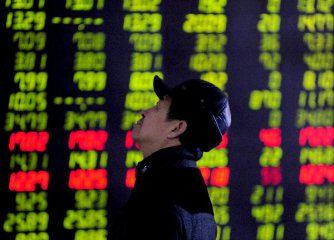

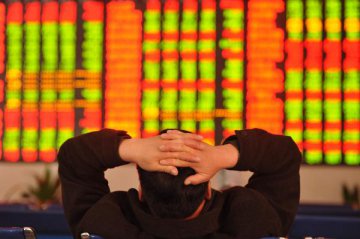
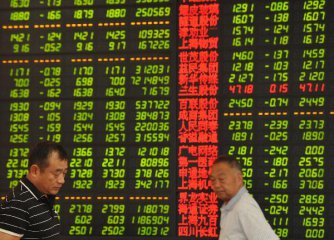
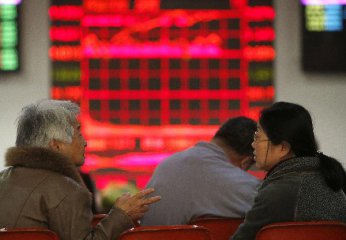
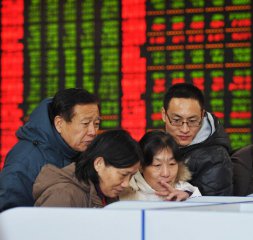


Latest comments